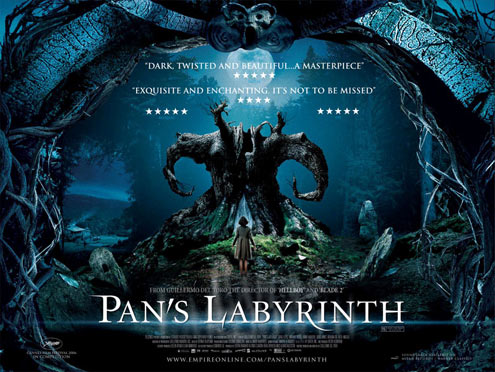
Examples
- Lord of the Rings (Peter Jackson, 2001-2003)
- Harry Potter (Chris Columbus, 2001-11)
- Chronicles of Narnia (Andrew Adamson, 2005)
- Tron (Kenneth Branagh, 2011)
- Pan’s Labyrinth (Guillermo del Toro, 2006)
Codes and Conventions
- High production values
- Younger target audience although significant older appeal
- Wide/saturated distribution (normally by an American Studio e.g. Warners or Disney). Mainstreamers and Aspirers
- Dedicated, sometimes obsessive fan base
- Convergence and Synergy – computer games, merchandising, forums and blogs, fan sites…
- Emotive, often ‘romanticised’ narratives
- Hyper real, idealised representations
- Saturated primary colours
- High key lighting
- Significant CGI and FX e.g. green screen technology
- Aspirational, escapist characters, often undertaking a quest
- Occasional political narrative themes only understood by an older target audience with significant cultural capital (e.g. about minority groups)
- Reputation for being ideologically traditional e.g. Disney ‘teaching’ gender roles to young target audiences
- Positive narrative outcomes (happy endings)
- Simplistic, linear narrative (e.g. a Hobbit travels across middle earth encountering danger)
- Propps character roles can often apply
- Iconography includes magic, mystical creatures e.g. Elves and Fairies
- Often set in the past (King Arthur) or in an imagined time
- High production value costume design
- Exhibited mainly in multiplex cinemas
- Escapism as key audience appeal
The Fantasy Genre…